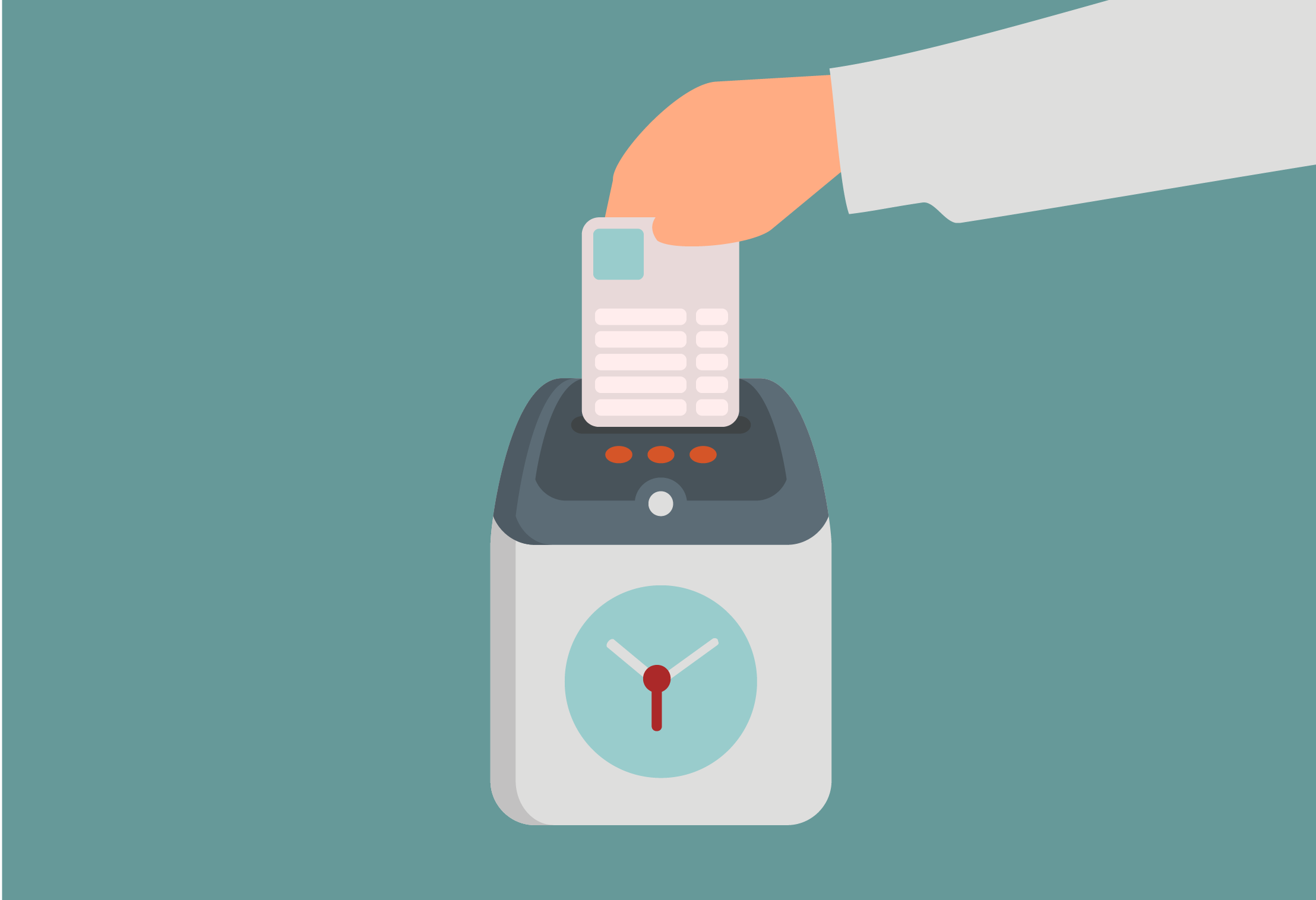
Even a great forecast and schedule can break down because contact center agents fail to show up for work or constantly have poor adherence. After all, a schedule is only as strong as the agents who work the shifts. To help resolve this issue, here are 10 ways on how to improve attendance rates in your contact center.
1) Have clear and defined attendance rules – A different set of call center attendance policies for each agent is difficult to manage. Instead, create a larger rule set focused on attendance as a foundation that all agents must work within. The rules should be well thought out to meet the unique needs of your contact center while remaining flexible enough that agents won’t feel constrained and seek employment elsewhere.
2) Create a positive work environment – Nobody wants to be a part of a negative workplace. It’s important to not allow an excess of disruptive behavior (such as loud personal conversations) and to send home agents for the day who are visibly ill. Agents want to be in a safe, quiet workplace.
3) Be transparent with productivity – If your contact center is experiencing low attendance rates because agents don’t feel there is accountability, take the time to improve your transparency. One way is to digitize adherence on monitors so all agents can see who specifically is on the phone, on a break, or in a meeting. This may not work for all contact centers, but when applicable it can make a big difference in improving attendance and adherence.
4) Schedule agents for the shift times they prefer – How much do you know about the preferences of your agents? For example, do you know which agents prefer evening shifts? It’s time to ask if you don’t have an understanding of preferred shift times. Leverage WFM software to keep track of ideal shift times when making schedule adjustments.
5) Enable agents to work on their favorite channels – Just as important as time of day is the preferred contact center channel (phone, email, chat) of each agent. One common trend when monitoring absences is to link each one with shifts on a specific channel. Ask agents their preferred channels as well and get this information into your WFM software.
6) Implement mobile technology to improve communication – If an agent is running late, they may just opt to take the whole day off because trying to track down their supervisor to let them know is too much of a hassle. Instead, empower agents with a WFM mobile app that quickly facilitates late check-ins. Remove the headaches involved on the agent side for showing up late because of an unforeseen event.
7) Provide different types of shifts – With the rise of remote agents, the traditional 9-5 contact center shift is no longer a preferred option for everyone. It’s a reason why contact centers are turning to sophisticated WFM scheduling software to manage more complex shift strategies. Tactics such as split shifts where an agent logs out for several hours during the middle of the day and then works later in the evening have increased in popularity to improve agent attendance.
8) Get creative with adherence strategies – Some contact centers have both attendance issues and high morale. When this is the case, specific agent adherence strategies can be considered. Show agents the direct impact that their long breaks and absences are having on wait times. Agents may not be aware that some colleagues who they care about are being impacted so negatively by their absence. You can also look to create a “linked agent” system that encourages peer responsibility. In this system, an agent can only go on break when their link returns, meaning that long breaks directly affect colleagues.
9) Implement incentives for excellent attendance rates – While shift preferences and types do help to improve attendance, some agents want more tangible rewards. You can implement different incentives for excellent attendance to meet the needs of this group. Whether it’s public recognition or an additional day of PTO, having these options outside of scheduling and technology is still appealing.
10) Consider cash incentives and bonuses – While perks like extra PTO can be successful, some agents just want more money and will go the extra mile to get it. Do an ROI analysis on the impact of poor agent adherence to determine if a cash bonus for high attendance rates makes sense. It’s not an elegant strategy but it can be effective.
Hopefully these 10 ways to improve contact center attendance rates were helpful. No contact center is the same, so expect to mix and match strategies to meet your unique needs.








